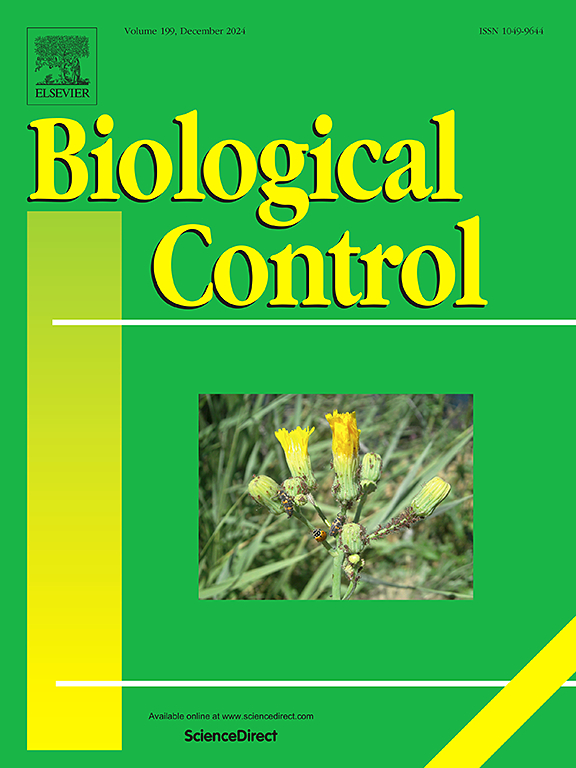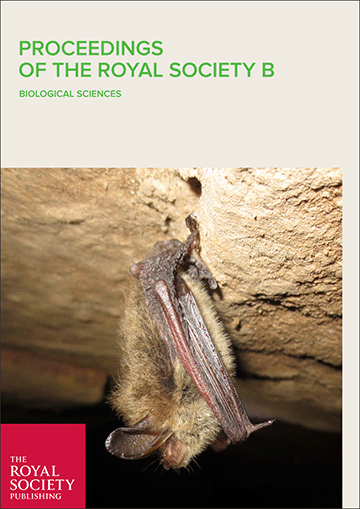Mangroves provide a wide range of ecosystem services, including nutrient cycling, soil formation, wood production, fish spawning grounds, ecotourism and carbon (C) storage1. High rates of tree and plant growth, coupled with anaerobic, water-logged soils that slow decomposition, result in large long-term C storage. Given their global significance as large sinks of C, preventing mangrove loss would be an effective climate change adaptation and mitigation strategy. It has been reported that C stocks in the Indo-Pacific region contain on average 1,023 MgC ha-1 (ref. 2). Here, we estimate that Indonesian mangrove C stocks are 1,083 ± 378 MgC ha-1. Scaled up to the country-level mangrove extent of 2.9 Mha (ref. 3), Indonesia's mangroves contained on average 3.14 PgC. In three decades Indonesia has lost 40% of its mangroves4, mainly as a result of aquaculture development5. This has resulted in annual emissions of 0.07-0.21 Pg CO2e. Annual mangrove deforestation in Indonesia is only 6% of its total forest loss6; however, if this were halted, total emissions would be reduced by an amount equal to 10-31% of estimated annual emissions from land-use sectors at present. Conservation of carbon-rich mangroves in the Indonesian archipelago should be a high-priority component of strategies to mitigate climate change.
Download:
DOI:
https://doi.org/10.1038/nclimate2734
Altmetric score:
Dimensions Citation Count:

Publication year
2015
Authors
Murdiyarso, D.; Purbopuspito, J.; Kauffman, J.B.; Warren, M.W.; Sasmito, S.D.; Donato, D.C.; Manuri, S.; Krisnawati, H.; Taberina, S.; Kurnianto, S.
Language
English
Keywords
mitigation, adaptation, aquaculture, carbon dioxide, carbon sequestration, climate change, deforestation, emissions, estimation, forests, mangrove forests, mangroves, resource conservation, trees, ecosystem services
Geographic
Indonesia
























